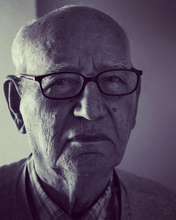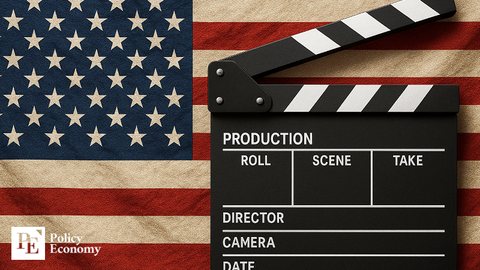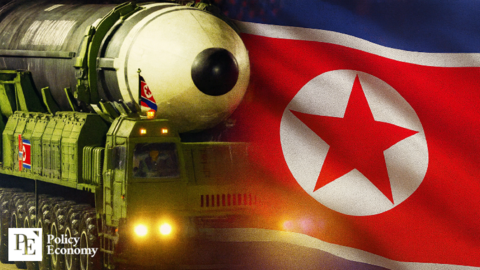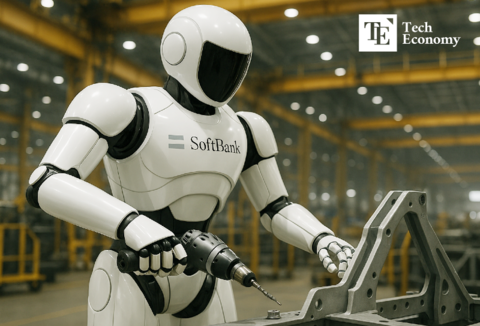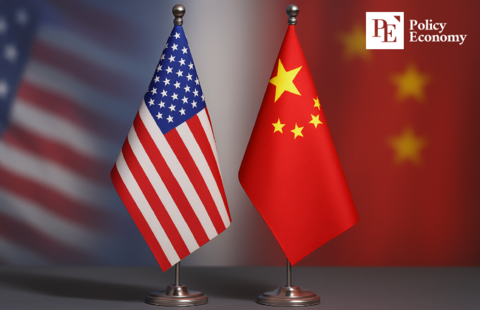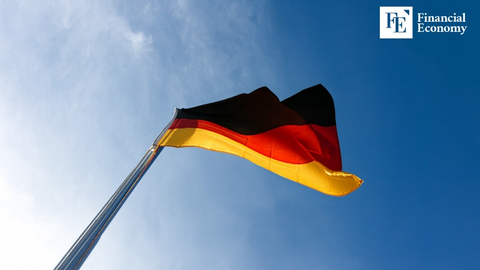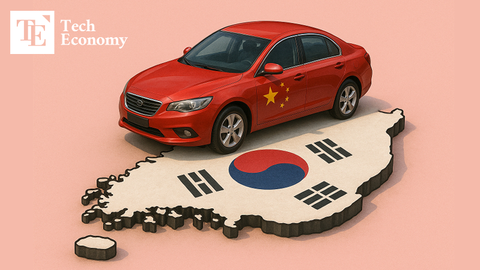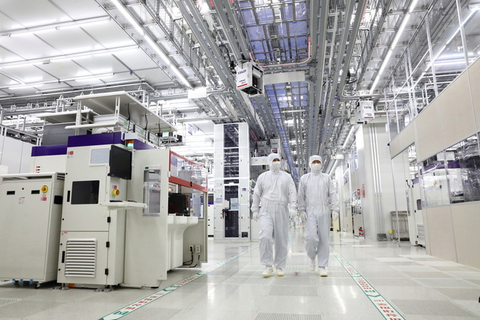CATL Unveils Next-Generation Sodium Battery ‘NaXtura’, Enables 520 km Range with Just 5 Minutes of Charging
Input
Modified
Second-Generation 'Salt Battery' to Enter Mass Production Within the Year "Could Replace Half of the LFP Battery Market" Secures 520 km Range with 12C Ultra-Fast Charging
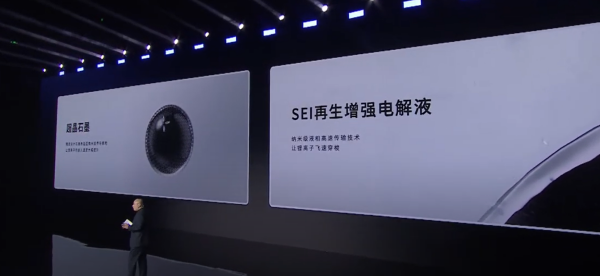
China’s CATL, the world’s largest electric vehicle battery manufacturer, has unveiled a new sodium-ion battery with performance comparable to that of lithium iron phosphate (LFP) batteries. While sodium-ion batteries have lower energy density than nickel-cobalt-manganese (NCM) batteries—where South Korean battery makers hold a competitive edge—they offer significant advantages in terms of cost and safety. South Korean battery companies, by contrast, are still in the early stages of developing sodium-ion battery technology.
Sodium-Ion Battery "Naxtra" Ready for Mass Production
CATL announced that the commercial production of its new Naxtra battery will begin in the second half of this year, starting with applications in heavy-duty vehicles in June and expanding to electric and hybrid vehicles by December. This follows the company's first-generation sodium-ion battery introduced in 2021.
Sodium-ion batteries—sometimes called "salt batteries"—replace lithium with abundant, low-cost sodium as the primary material for the cathode. Historically, sodium-ion batteries suffered from lower energy density, slower charging times, and shorter life spans. However, CATL has significantly improved performance to levels comparable with lithium iron phosphate (LFP) batteries.
The Naxtra achieves an energy density of 175 Wh/kg, close to conventional lithium-ion batteries, and retains over 90% charge capacity even at -40°C. CATL’s Chief Technology Officer for the EV division, Gao Han, credited this breakthrough to nano-coating technology applied to the sodium particles, boosting stability and energy output.
Sodium also offers major economic and sourcing advantages. It is easily extracted from common table salt, costs roughly 1/50th the price of lithium, and could significantly lower battery production costs, as cathode materials account for around 40% of a battery’s total cost. Furthermore, sodium-ion batteries exhibit far greater safety: CATL demonstrated that even when punctured, crushed, or sawed, their batteries do not catch fire.
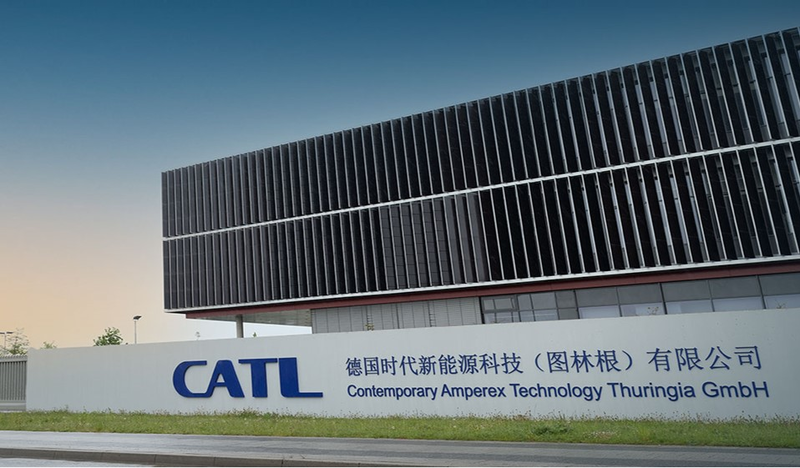
"Shenxing" 2.0: Ultra-Fast Charging Breakthrough
CATL also revealed the second generation of its Shenxing ultra-fast charging battery, promising to dramatically redefine EV charging experiences.
The new Shenxing battery supports:
- 800 km (about 500 miles) range on a full charge
- 520 km (about 323 miles) range with just 5 minutes of charging
- 80% charge achieved in 15 minutes even in cold conditions
Featuring a 12C charging rate, Shenxing 2.0 can theoretically achieve full charging in just 5 minutes, a staggering improvement over the standard 1C rate for most EVs, and comparable to conventional gasoline refueling times. This performance surpasses that of competitors like BYD, whose fast-charging systems currently offer slightly lower specs.
In addition, CATL introduced a dual battery system capable of delivering up to 1,500 km (around 932 miles) on a single charge. The dual-battery design offers redundancy, ensuring that if one battery fails, the vehicle can continue operating safely—a critical advancement for autonomous driving applications.
New Safety Standards and Dual Power Structure
Responding to China’s newly implemented, world-leading battery safety regulations—requiring batteries to survive thermal runaway for two hours without fire and prevent toxic gas leakage—CATL introduced its Dual Power Structure technology.
Inspired by dual-engine aircraft systems, this innovation divides the battery into two independent zones. In emergencies, a physical and electrical separation occurs within 0.1 seconds, preventing catastrophic failures from spreading across the entire battery.
CATL also reinforced the durability of its ultra-fast charging batteries, ensuring they withstand 300 charge-discharge cycles under intense conditions and pass 30mm steel ball impact and internal heat simulation tests.
CATL Chairman Robin Zeng emphasized the company’s broader mission:
"Our ultimate goal is to free humanity from the constraints of energy resources and create an era where energy is as universal as air and as accessible as sunlight."
